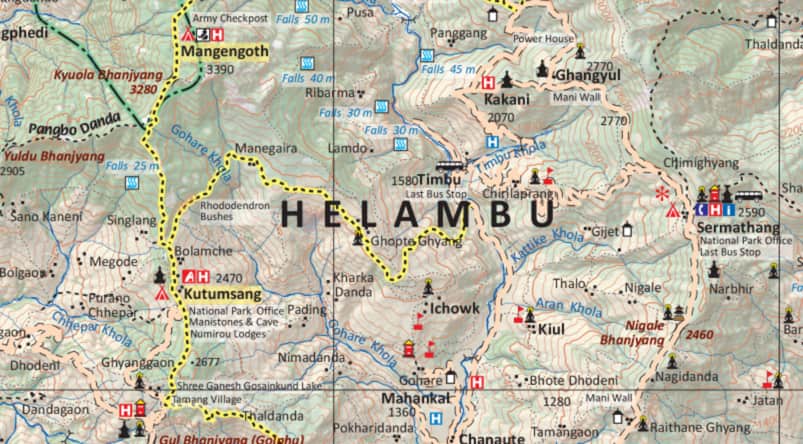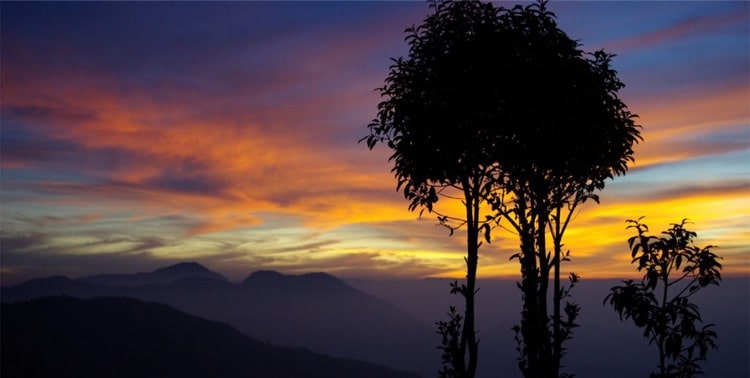Helambu Trek
- Satisfied Client
- Personalised Guide
- Instant Response
Get Instant Response:
+977-9851329446 (Whatsapp)
| Starts at: Chisapani | Ends at: Melamchi |
| Trek Region: Langtang | Transport: Public Bus |
| Duration: 7 days | Trip Grade: Gentle |
| Max Altitude: 3650 m/ 11975 ft | Accommodation: Teahouse |
The week long Helambu trek starts just an hours drive from Kathmandu at the beautiful Shivapuri National Park.
This is a relatively low altitude trek along a less busy trekking route through temperate forests, green valleys, rhododendron forests, Tamang and Sherpa villages and Buddhist monasteries.
The views of the mountains are stunning and include Langtang, Manaslu, Ganesh Himal, Rolwaling, and Gauri Shankar.
There are options as to whether to hike to Melamchi, adding another day’s trek and take a short drive back to Kathmandu or take a slightly different route at the end of the trip, with one less overnight, that involves a long drive back to Kathmandu.
With the highest point of this trek being Tharepati Pass at 3,650m with its magnificent views of Dorje Lakpa, Gauri Shankar, Langsisa and other snow-capped mountains and with the warmer climate; grassy meadows; atmospheric forests; torrential rivers and friendly people, this is a stunning trek for those with less time or do not wish to trek at high altitudes.
Helambu Trek Itinerary
Day 1: Kathmandu to Sundarijal (Drive) to Chisapani
Chisapani – 2300 m / 7545 ft – 4 hrs
Day 2: Chisapani to Kutumsang
Kutumsang – 2446 m / 8024 ft – 7 hrs
Day 3: Kutumsang to Thadepati
Thadepati – 3650 m / 11975 ft – 6 hrs
Day 4: Thadepati to Tarke Ghyang
Tarke Ghyang – 2560 m/ 10925 ft – 6 hrs
Day 5: Tarke Ghyang to Sermathang
Gosaikunda – 2610 m / 14632 ft – 3 to 4 hrs
Day 6: Sermathang to Melamchi Bazaar
Melamchi Bazaar – 846 m / 2775 – 3 to 4 hrs
Day 7: Melamchi to Kathmandu (Drive)
Kathmandu – 1300 m / 4265 – 3 hrs
Not satisfied with this Itinerary?
Are you interested on planning custom trip? It only takes 2 minutes.
Includes
- 6 nights accommodation in mountain teahouses
- Guide for 7 days
- Kathmandu Sundarijal, Melamchi Kathmandu local bus
- Shivapuri national park permit
- 7 x breakfast, 7 x lunch and 6 x dinner while on trek
- One porter for 7 days USD 128 (Optional)
- Private Jeep USD 196 (Optional)
Helambu Trek Map

Related Trip in Langtang Region
Langtang Valley Trek | Gosaikunda Lake Trek | Tamang Heritage Trek
